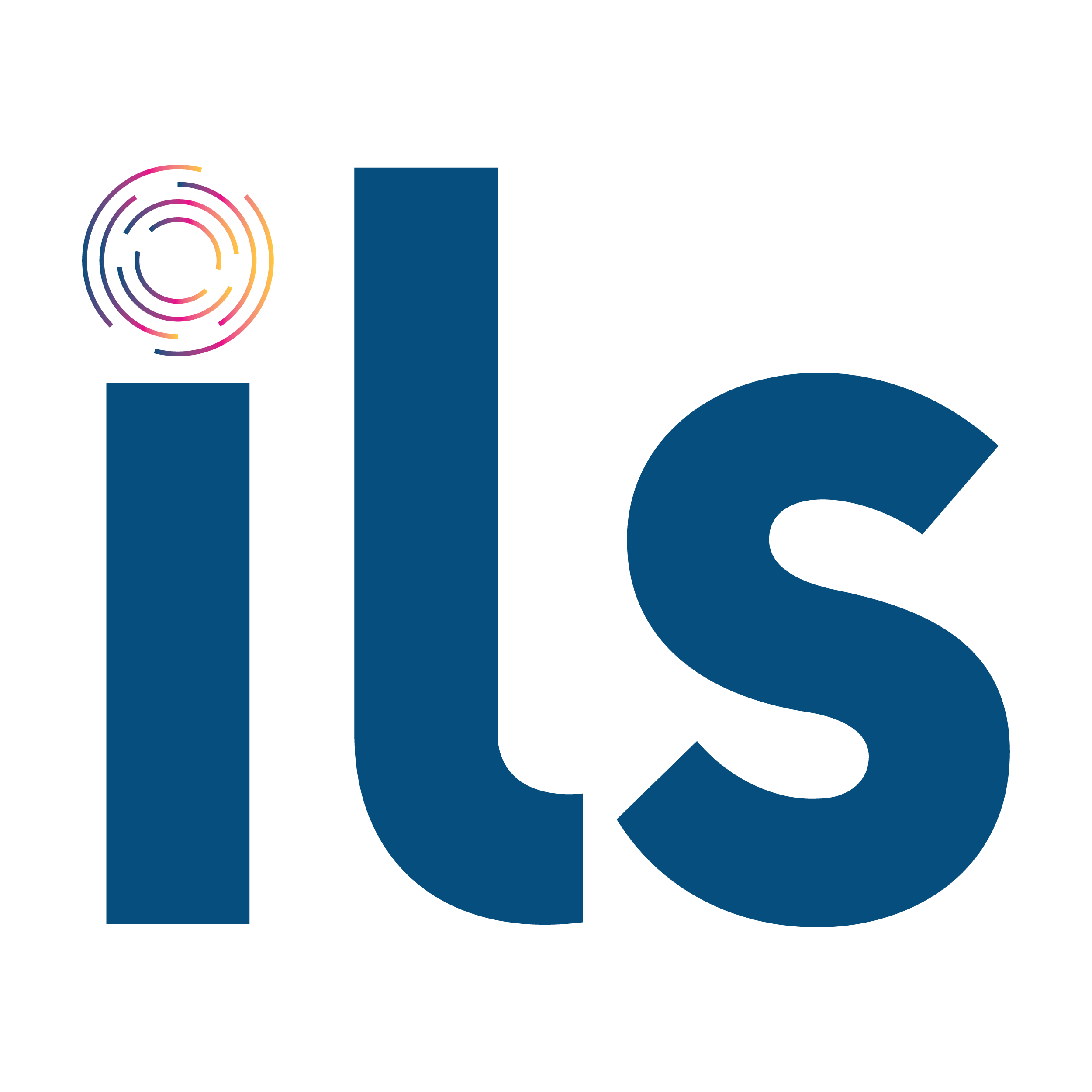Like children with their noses pressed against a bake shop window, parties with large eDiscovery collections requiring pre-production review can often, for a host of reasons, only gaze longingly at the tempting new technology-based tools and techniques that can slash eDiscovery time and costs by staggering amounts.
No such constraints need impede those plaintiff adversaries without large populations of discoverable data, who can order from the entire menu for uber-economical and efficient solutions tailored to the needs of each specific case.
Look at the dangers facing producing parties. Despite increasing research documenting the shortcomings of traditional keyword searching, and the improvements possible with more esoteric technology, e.g., the studies from the legal track of TREC, the Text REtreival Conference, http://trec-legal.umiacs.umd.edu/, and court discussion of the requirements of a defensible keyword process, e.g., Victor Stanley, Inc. v. Creative Pipe, Inc., 2008 WL 2221841 (D. Md. May 29, 2008), there is still a tremendous real-world gulf between the traditional keyword process and everything else.
The traditional keyword process is more-or-less well-understood by and comprehensible to everyone, including magistrates and judges, while the new approaches require understanding a new vocabulary (“latent semantic analysis”, anyone?), as well as a firm grasp of statistical proofs.
Research casting doubt on keywords in general does little if anything to diminish a party’s ability to defend the application of keywords in their specific case, while studies extolling the glory of new approaches will not help a party whose own process has failed in a specific case for reasons which may be difficult to explain convincingly.
And look at the possible consequences of defective productions which can range from fines through case-determinative measures such as adverse jury instructions.
And when clawbacks, quick peeks and FRE 502 fall short of affording complete protection, the consequences of waivers of attorney-client privilege through inadvertent production of privileged documents could be fatal to a case and to reputations.
But if you don’t have very much to produce, and your needs center on how to digest and make productive use of the materials being produced to you, everything changes.
You need to prove (or disprove) a case and the new technology, like the tools used by the oil industry to find and assess new oil fields, will, in the right hands, enable you to identify those portions of a production which are most likely to reward further exploration and then, within those portions, to sample, test and eventually zoom in on the key documents you need.
Instead of a constant-diameter pipeline, where expensive human review and analytical resources have to be applied uniformly across the entire stream of documents, a/k/a, a linear review, you will have a series of funnels with advanced technology at the earlier stages vastly reducing the size of the pipe feeding the review and analysis team. In almost all cases, if the proof is there to be found, then this approach will find it, at great savings of time and costs.
And, in the rare case that it doesn’t, and you have to have those expensive human eyes on more or all of a production, the organization of the production made by the technology will make that subsequent human review as efficient as possible.
This is the sweet spot of the title: the ability to deploy the most productive tools and techniques, in a graduated fashion tailored to the scope and costs of a matter, without the risks faced by producing parties. Dig in.

